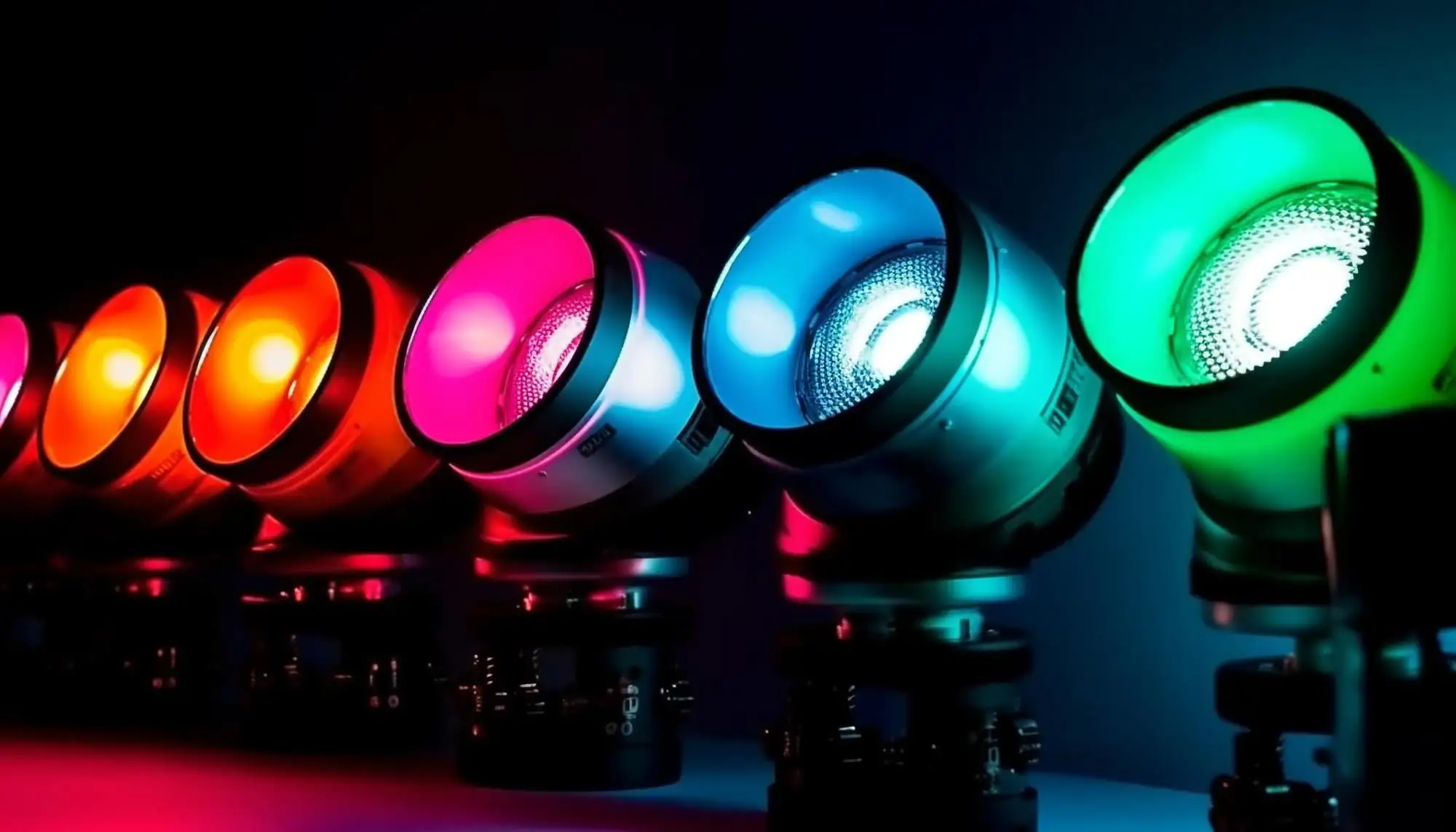Introduction to Vorlane
What is Vorlane?
Vorlane.com is a renowned LED lighting manufacturer dedicated to delivering innovative lighting solutions that combine energy efficiency, sustainability, and cutting-edge technology. With years of expertise in the industry, Vorlane has established itself as a leader in providing high-quality LED lighting products for residential, commercial, and industrial applications.
Why Choose Vorlane?
Vorlane stands out in the market for its commitment to excellence, offering a wide range of LED lighting solutions tailored to meet the diverse needs of its customers. From energy-efficient LED bulbs to sophisticated lighting fixtures, Vorlane products are designed to enhance illumination while reducing energy consumption and operating costs.
Vorlane’s Product Range
LED Bulbs
Vorlane’s LED bulbs are engineered to deliver exceptional brightness and durability, making them ideal for various indoor and outdoor lighting applications. With options ranging from warm to cool tones, Vorlane LED bulbs provide customizable lighting solutions for any environment.
LED Tubes
Vorlane offers a comprehensive selection of LED tubes designed to replace traditional fluorescent tubes with energy-efficient alternatives. These LED tubes deliver superior performance, extended lifespan, and flicker-free illumination, ensuring optimal lighting conditions in offices, retail spaces, and industrial facilities.
LED Panels
Vorlane’s LED panels feature sleek and modern designs, providing uniform light distribution and enhanced visual comfort. Available in different shapes and sizes, Vorlane LED panels offer versatile lighting solutions for offices, schools, hospitals, and other commercial settings.
LED Fixtures
Vorlane’s LED fixtures are engineered for durability and reliability, offering robust lighting solutions for demanding environments. Whether it’s high bay fixtures for warehouses or outdoor floodlights for security purposes, Vorlane ensures consistent performance and energy savings with its LED fixtures.
Quality Assurance
Rigorous Testing Procedures
Vorlane implements stringent quality control measures throughout the manufacturing process to ensure the reliability and performance of its LED lighting products. Each product undergoes extensive testing for brightness, color accuracy, and thermal management to meet industry standards and exceed customer expectations.
Certifications and Compliance
Vorlane takes pride in its commitment to sustainability and environmental responsibility. All Vorlane LED lighting products are certified by recognized authorities and comply with international standards for energy efficiency and safety, giving customers peace of mind and confidence in their purchase.
Energy Efficiency
Environmental Impact
By switching to Vorlane LED lighting solutions, customers can significantly reduce their carbon footprint and contribute to environmental conservation efforts. Vorlane’s energy-efficient LED products consume less power and generate fewer greenhouse gas emissions compared to traditional lighting technologies, helping to mitigate climate change and preserve natural resources.
Cost Savings
In addition to environmental benefits, Vorlane LED lighting offers substantial cost savings over the long term. With lower energy consumption and extended lifespan, Vorlane LED products help businesses and homeowners reduce their electricity bills and maintenance expenses, providing a compelling return on investment.
Customization Options
Tailored Solutions
Vorlane understands that every lighting project is unique, which is why it offers customizable solutions tailored to meet specific requirements. Whether it’s color temperature, beam angle, or design aesthetics, Vorlane works closely with customers to develop bespoke lighting solutions that enhance comfort, productivity, and ambiance.
Design Flexibility
With its expertise in LED lighting technology, Vorlane provides design flexibility for architects, interior designers, and lighting professionals. From architectural lighting schemes to decorative accent lighting, Vorlane offers a wide range of options to unleash creativity and achieve stunning lighting effects in any space.
Customer Support
Warranty Policy
Vorlane stands behind its products with comprehensive warranty coverage and dedicated customer support. In the unlikely event of product defects or performance issues, Vorlane offers hassle-free warranty replacements and technical assistance to ensure customer satisfaction and peace of mind.
Technical Assistance
Vorlane’s team of lighting experts is available to provide technical assistance and guidance throughout the project lifecycle. Whether it’s product selection, installation advice, or troubleshooting support, Vorlane’s customer service team is committed to delivering prompt and professional assistance to address any inquiries or concerns.
Case Studies
Success Stories
Numerous businesses, institutions, and homeowners have experienced the benefits of Vorlane LED lighting firsthand. From energy savings and improved lighting quality to enhanced aesthetics and environmental sustainability, Vorlane’s success stories showcase the transformative impact of LED lighting on various projects and applications.
Conclusion
Vorlane is not just a manufacturer of LED lighting products; it’s a trusted partner committed to illuminating the world with sustainable, energy-efficient lighting solutions. With its dedication to quality, innovation, and customer satisfaction, Vorlane continues to lead the way in the LED lighting industry, empowering businesses and individuals to embrace a brighter, more sustainable future.
FAQs
1. Are Vorlane LED products compatible with existing lighting fixtures?
Yes, Vorlane LED products are designed to retrofit seamlessly into most standard lighting fixtures, making them an ideal choice for both new installations and retrofit projects.
2. How long do Vorlane LED bulbs typically last?
Vorlane LED bulbs are built to last, with an average lifespan of up to 25,000 hours or more depending on usage conditions, providing years of reliable performance and energy savings.
3. Can Vorlane provide customized lighting solutions for large-scale projects?
Yes, Vorlane offers customized lighting solutions tailored to meet the specific needs and requirements of large-scale projects, working closely with customers to deliver personalized lighting solutions that exceed expectations.
4. Are Vorlane LED products eligible for energy efficiency rebates or incentives?
Many utility companies and government agencies offer rebates and incentives for upgrading to energy-efficient lighting solutions, including Vorlane LED products. Customers are encouraged to check with their local utility provider or government agency for available incentives.
5. Does Vorlane offer professional installation services for its LED lighting products?
While Vorlane does not provide direct installation services, it works closely with a network of authorized dealers, distributors, and contractors who can assist with product installation and setup, ensuring seamless integration and optimal performance.

